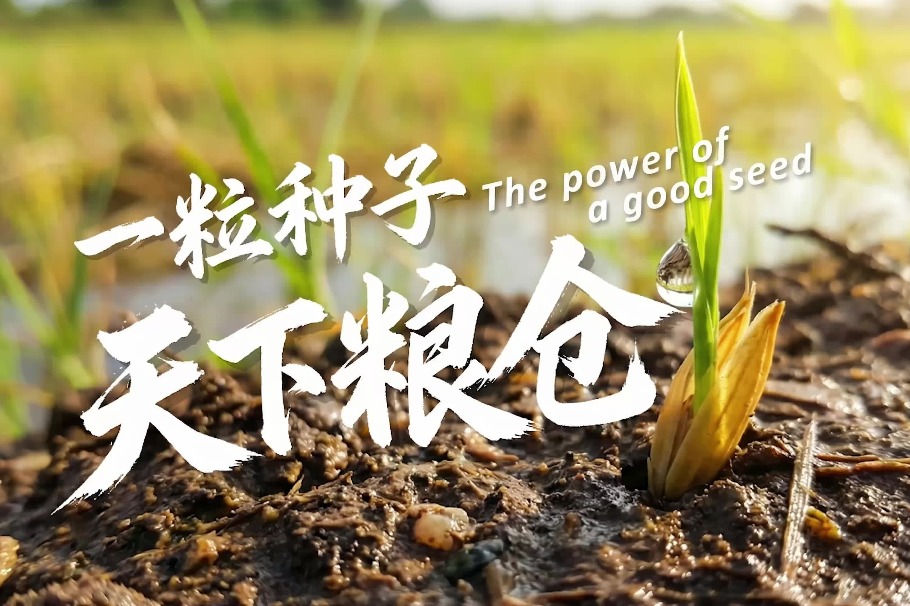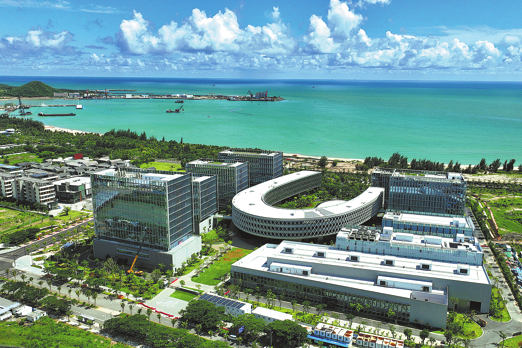Nomadic herders hit hard by outbreak

Nomadic herders, especially in Africa's arid Sahelian region, are bearing the painful impact of the novel coronavirus, as they watch their animals suffer due to lack of pasture and their trade activities come to a halt.
For centuries, the herders have moved hundreds of kilometers every year, especially during April and May, to find pasture for their animals. Mauritanian herders, for example, headed to Mali and Senegal in search of pasture.
Now, due to border closures decreed by governments across West and Central Africa to curb the spread of the virus that had infected over 700,000 people in the entire continent, and killed almost 15,000 as of Monday, herders and cattle who took to the corridor between Mauritania and Mali during the lean season are stranded in border areas without resources to feed their livestock.
Aliou Hamadi, coordinator of the Groupement National des Associations Pastorales, a Mauritanian herders association, said the herders can no longer travel to Mali and are not only stranded at the border but also feel deprived.
"A large concentration of herders and their herds has been reported in the commune of Adel Bagrou, on the border with Mali," Hamadi said.
Hamadi said the presence of thousands of herders along the border areas has led to mixing of livestock and created tensions, especially at water sources.
"The impact of this situation on livelihoods and cattle health is considerable," he said.
To monitor the situation and better address the needs of the stranded herders, the International Organization for Migration conducted a flow monitoring survey in May and June.
The organization learned that a sizeable minority of herders, 16 percent, were unaware of preventive measures to ward off the disease.
Awareness campaign
To address this deficit, the organization launched an awareness campaign to combat the spread of the virus and installed hand-washing facilities in areas where herders have been stranded.
Babiye Balemine, who participated in the survey, said currently there is a lot of green grass on the Malian side.
"Mauritanian herders used to go there, but the closure of the borders is disrupting this flow. The Mauritanian government offers feed to livestock farmers, but it is not enough," Balemine said.
He said the tensions are compounded by health risks due to the coronavirus pandemic.
"Many Malian and Mauritanian herders do not distinguish between the territories on which their cattle graze. These are roads people have traveled for years," Belamine said.
Since February last year, the International Organization for Migration has been working in partnership with the Groupement National des Associations Pastorales to better understand the corridors through its Transhumance Monitoring Tool.
The Transhumance corridor is a strip of land reserved for livestock passage to access pasture, a source of water or other herd infrastructure such as a livestock market, vaccination area or livestock-holding area.
The Transhumance Monitoring Tool methodology consists of collecting information on large and sudden population movements, their direction and the challenges faced by herders and their herds.






























